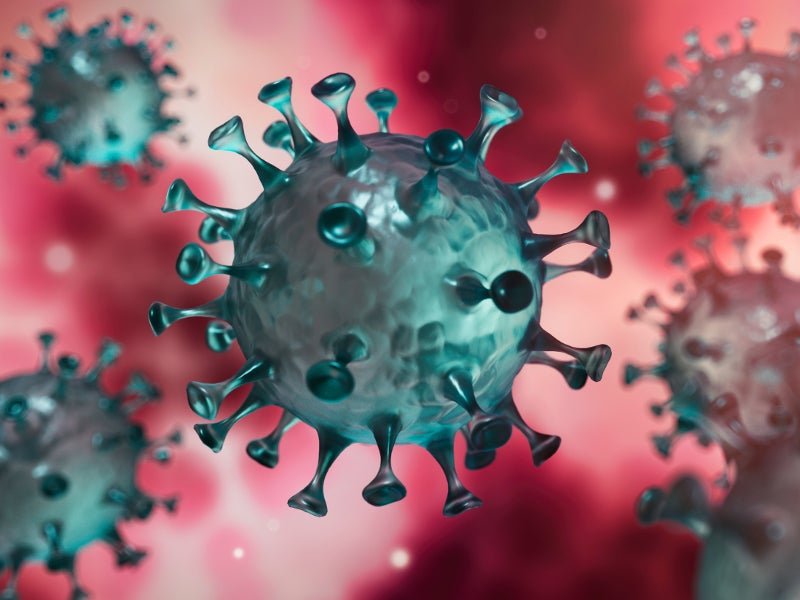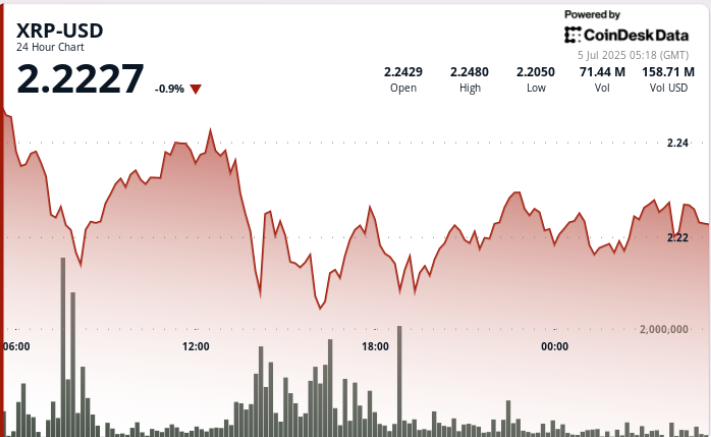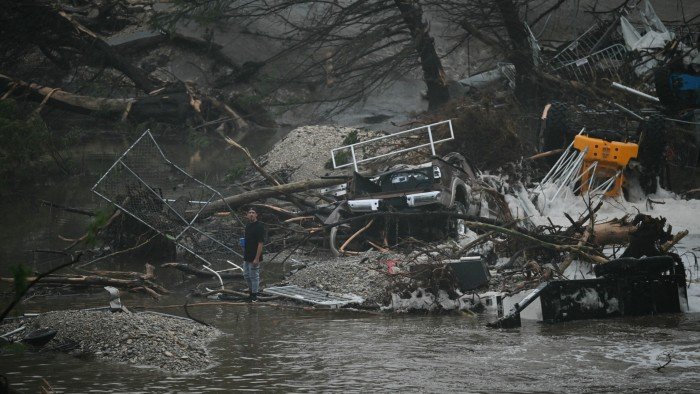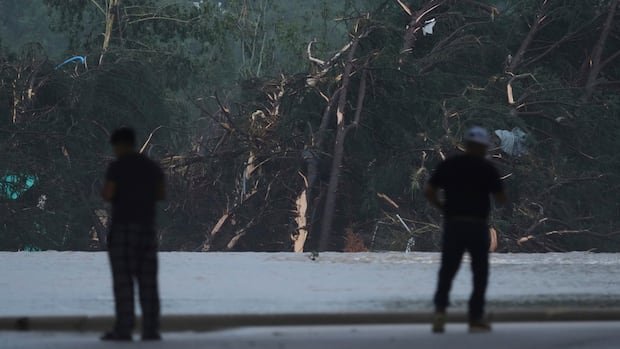
 India is experiencing a resurgence in COVID-19 cases, with the active case count reaching 4,302, up from 4,026 the previous day. In the past 24 hours, seven new fatalities have been reported, bringing the total number of deaths this year to seven.
India is experiencing a resurgence in COVID-19 cases, with the active case count reaching 4,302, up from 4,026 the previous day. In the past 24 hours, seven new fatalities have been reported, bringing the total number of deaths this year to seven.
The surge is particularly notable in states like Kerala, Maharashtra, Delhi, Uttar Pradesh, and West Bengal. Kerala continues to lead with the highest number of active cases, followed by Maharashtra, Gujarat, and Delhi. Notably, Himachal Pradesh reported its first case of the latest surge in Nahan, Sirmaur district, indicating the virus’s continued spread across regions.
Health authorities have identified four predominant variants contributing to the current wave: LF.7, XFG, JN.1, and NB.1.8.1. The World Health Organization has classified NB.1.8.1 as a ‘Variant Under Monitoring’ due to its significant genetic changes, though its epidemiological impact remains uncertain.
The symptoms associated with the current wave include fever, cough, sore throat, fatigue, headache, body ache, runny nose, and loss of appetite—similar to common seasonal flu. Health experts advise the public to remain vigilant and consider wearing masks in certain settings, especially in crowded places and enclosed spaces.
In response to the rising cases, the governments of Delhi and Uttarakhand have issued advisories urging hospitals to prepare adequately by ensuring sufficient beds, oxygen supplies, medicines, and vaccines. Authorities continue to monitor the situation closely, emphasizing the importance of preventive measures to curb the spread of the virus.
While the overall fatality rate remains low, the recent uptick in cases underscores the need for continued vigilance. Individuals are encouraged to follow health guidelines, get vaccinated, and seek medical attention if experiencing symptoms. The situation remains fluid, and authorities are committed to taking necessary actions to safeguard public health.




